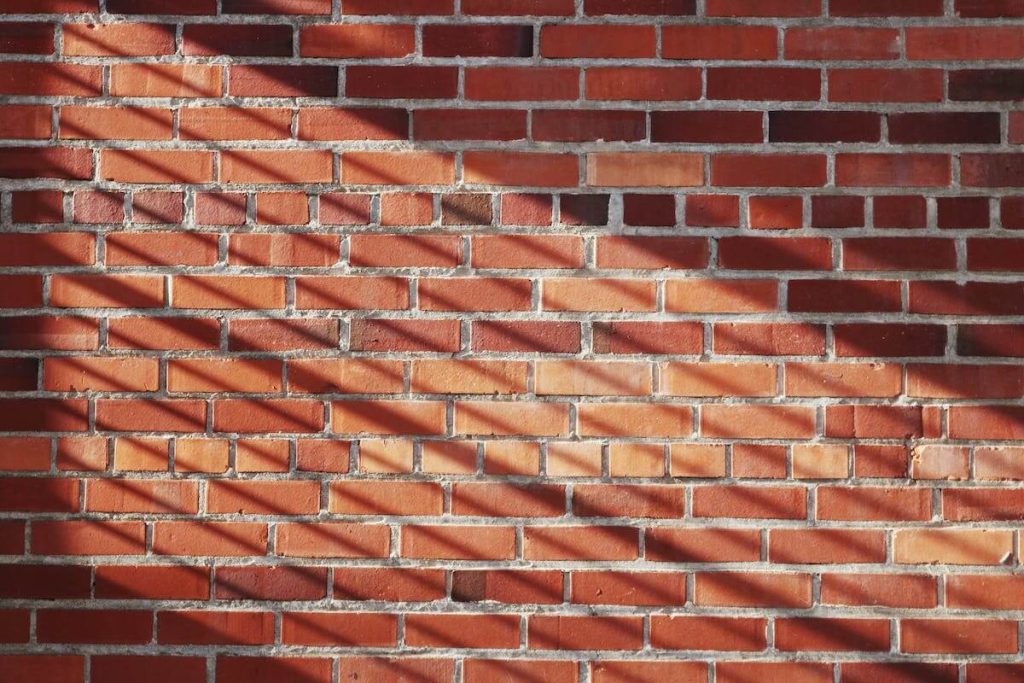Fired Bricks vs. Unfired Bricks: Pros and Cons

If you’re considering starting a DIY or construction project that involves bricks, chances are that you’ve been faced with the question of whether to use fired or unfired bricks. Both types of bricks are commonly used in a variety of applications ranging from landscaping to building and construction. In this post, we take a closer look at the differences between the two as well as the pros and cons of either.
What are Fired Bricks?
Fired bricks are essentially bricks that have been fired or baked in a high-temperature kiln. Fired bricks are one of the most commonly found materials in construction, and they are made from clay that has been shaped into the form of a brick before being exposed to temperatures of up to 1260 degrees Celsius.
Pros of Fired Bricks
Some of the advantages of using fired bricks include:
- Strength and Durability: The firing process gives these bricks additional strength, making them suitable for load-bearing applications.
- Versatility: Fired bricks can come in a variety of different colours and designs, making them suitable for all sorts of uses.
- Weather Resistance: Fired bricks are also highly resistant to the elements, making them suitable for outdoor use.
Cons of Fired bricks
However, there are some disadvantages to using fired bricks, including:
- Unsustainability: Fired bricks require significant amounts of energy to manufacture, making them unsustainable as they have a large environmental impact.
- Higher Cost: Compared to other building materials, such as unfired bricks, fired bricks are typically more expensive.
What are Unfired Bricks?
Unfired bricks are also known as sun-dried bricks or adobe bricks and are made from natural materials such as clay, sand and straw. Unlike fired bricks, unfired bricks are not baked in a kiln but are instead left to dry naturally in the sun. While less popular, they are gaining recognition as sustainable building materials and are suitable for certain applications where they may not be required to bear heavy loads.
Pros of Unfired Bricks
- Sustainability: Unfired bricks are generally more sustainable because they do not need to be baked in a high-temperature kiln that releases a lot of greenhouse gases.
- Cost-Effective: Unfired bricks are generally also much cheaper than their fired counterparts, making them a more cost-effective option.
Cons of Unfired Bricks
- Vulnerability to Moisture: Unfired bricks are typically vulnerable to moisture damage and can be eroded when faced with excessive humidity or heavy rains.
- Limited Strength: Unfired bricks typically have lower load-bearing capacities as they are composed of materials other than clay and have not been heat-treated in a kiln.
Get Your Bricks from Fulton Brickyard
No matter what building materials you eventually choose to go with, getting them from a reputable supplier is essential for peace of mind. Fulton Brickyard is the leading supplier of Boral bricks, concrete sleepers, pavers and other construction supplies in Melbourne and the surrounding areas. Contact us today to find out how we can help you with your next project.
- Can You Pressure Wash a Wooden Deck?
- The Benefits of Permeable Pavers in Stormwater Management
- The Importance of Proper Drainage Planning for Your Backyard or Garden
- Common Mistakes to Avoid When Cleaning Sandstone Pavers
- How to Repair Broken or Sunken Pavers
- A Guide to Protecting Your Brick Patio from Mould and Mildew
- The Benefits of Using Red Gum Sleepers in Your Retaining Wall
To learn more about the outstanding benefits of our expressive, evocative,
and natural granite pavers call us today on:
